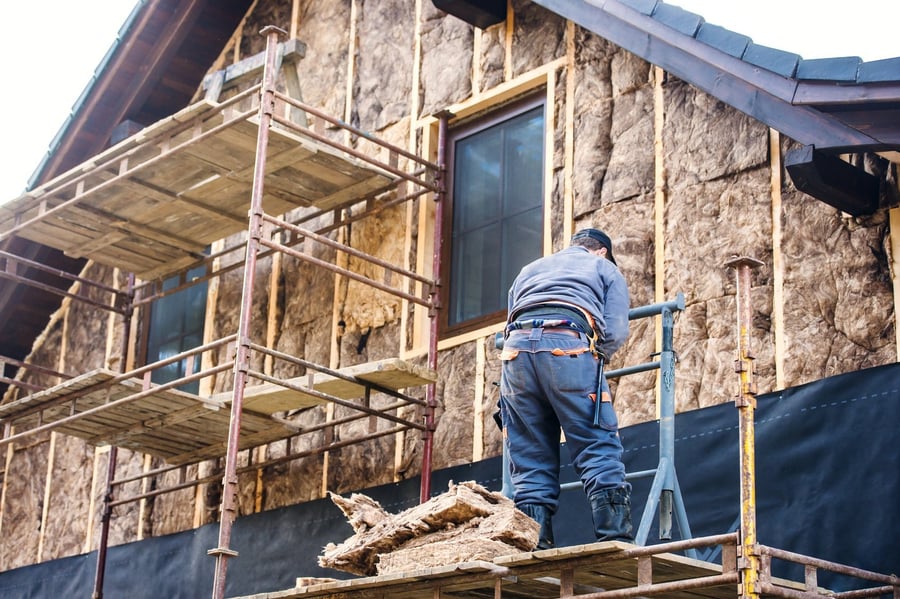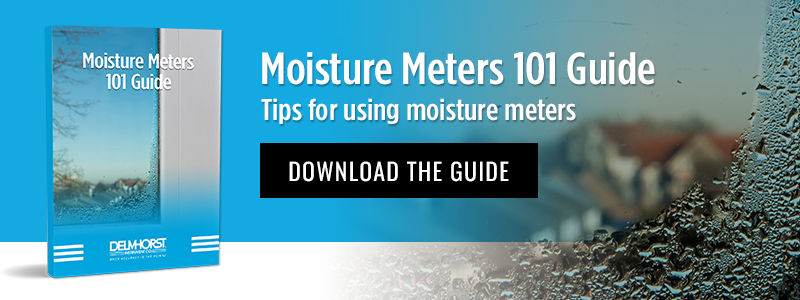3 Quick Tips to Reduce Moisture in Your Home

Excess moisture can cause a number of problems for homeowners, such as promoting mold growth, damaging building materials (walls, floors, insulation, etc.), and attracting pests like termites, rats, or cockroaches. The longer the moisture problem goes unresolved, the worse it can get.
Because of this fact, it is vital for homeowners to know how to properly control the amount of moisture in their homes—especially after any kind of flooding event. When your home floods, the best response is usually to call a water damage restoration expert to come in and use specialized tools to remove the flood water from your home.
If you’re determined to reduce the moisture in your home by yourself, here are a few quick tips that you might want to follow:
1: Get a Relative Humidity Detector
 To track your progress in drying your home, you’ll need some kind of device that can monitor the relative humidity (RH) conditions in the home. Being able to track RH will help you to know how close you are to bringing your home’s moisture levels back to a safe level.
To track your progress in drying your home, you’ll need some kind of device that can monitor the relative humidity (RH) conditions in the home. Being able to track RH will help you to know how close you are to bringing your home’s moisture levels back to a safe level.
Some home climate control systems include a humidity measurement function in addition to the standard temperature measurements. However, this only gives you the humidity conditions near the sensor—if the excess moisture is in a different room, this could give you a false sense of security.
A portable thermo-hygrometer is another tool for measuring relative humidity that can be invaluable for homeowners looking to control humidity in the home. Using a handheld hygrometer allows you to test each and every room in your house—giving you a more accurate picture of your home’s RH levels.
2: Keep Your Home Sealed from the Outdoors as Much as Possible
One mistake a lot of homeowners make when trying to dry out their homes is that they open up the windows and doors to let out the humid air. While this sounds like a good idea at first, it can actually lead to severe problems as the outside air brings in extra mold spores and creates openings for pests to enter.
When removing moisture from the home, it’s vital to use a ventilation fan to keep the humid air flowing out of the building. If the opening is used for the ventilation fan is larger than the fan itself, the area around the fan should be sealed as much as possible so that the only air flow is from the house to the outside and not the other way around.
Any leaks should be sealed as thoroughly as possible. This can be accomplished by applying caulk to cracks in window sills or by replacing single-pane windows with double-paned models to keep the building better insulated from the outdoor environment.
3: Check for Moisture Pockets in Rooms with Extremely High Humidity Levels
When working to reduce moisture in homes, professional water damage remediation companies often bring specialized moisture testing devices to check for moisture pockets in various building materials. These devices, which are known as moisture meters, are indispensable for finding hidden pockets of moisture that you cannot see with the naked eye.
These professionals often first check the relative humidity conditions in each room of a building. If they find a room that has a significantly higher RH than the rest, they will then start using moisture meters to check for hidden pockets of moisture in the house.
In many cases, these tests are done using pinless moisture meters because they’re very fast and non-destructive. In some cases, pin-type meters will be used to get specific information, such as how deep down the moisture pocket is or how large it is—this is easier to determine with a pin meter because it only provides moisture measurement for what’s between the pins, whereas pinless meters scan a larger area all at once.
Checking Moisture Meter Accuracy
When using a moisture meter, it’s important to know that you’re getting accurate moisture measurements. Some things to take into account include:
- The Material You’re Testing. Most moisture meters are calibrated to get readings in a specific type of wood. Since different hardwoods have different properties, a meter’s readings might be thrown off if used on different kinds of wood. To get accurate measurements, it’s necessary to either use a meter that has built-in species corrections, or use a species correction chart to manually adjust measurement results. For non-wood materials, you’ll probably need to use a “reference scale” reading mode that provides comparative assessments of moisture content.
- The Condition of the Meter. When you use the meter, check for signs of wear and tear, such as corrosion on the pins or scanning plate, cracks, and the like. Damage to the meter can compromise its accuracy. If the pins are worn out on a pin-type meter, they can usually be replaced with ease by removing the old pins and screwing new ones in place.
- Moisture Meter Calibration Checks. You can verify the accuracy of a moisture meter by performing a calibration check. Some meters have built-in calibration checks, where you simply push a button to complete the test, while other meters require a secondary testing tool, such as a moisture content standard (MCS) or a sensor block. These tools interact with the meter and are designed to provide a specific %MC measurement when used. If the moisture measurement result is different from the value it’s supposed to be, then you know that the meter is not accurate.
Need more advice about using moisture meters to help you track and reduce moisture in your home? Check out our moisture meter FAQs page for some helpful tips and tricks. Or, contact Delmhorst Instrument Co. today to learn more about moisture meters!
Subscribe to Our Blog
Post Related

3 Quick Safety Tips for Checking Moisture in Insulation


